Echoes of Ancient Lands
Sahyadri Spice Farm Goa India
Mother Masala Tours
Encounters in the Wild Spaces
Sahyadri Spice Farm Goa India. We’re about to step into a rich and story-filled setting that weaves together the legacy of Goa and the enduring spirit of cooperative farming. Situated in Ponda taluka, an area shaped by a continuous thread of history, from the rule of the Kadamba Dynasty starting in the 10th century to Portuguese influence in the 16th century. Here, families have worked the soil for generations, creating a thriving landscape known for its diversity, beauty, and peaceful energy. The classic mood of the place invites us to slow down and immerse ourselves, discovering the intricate relationship between the natural world and human hands.
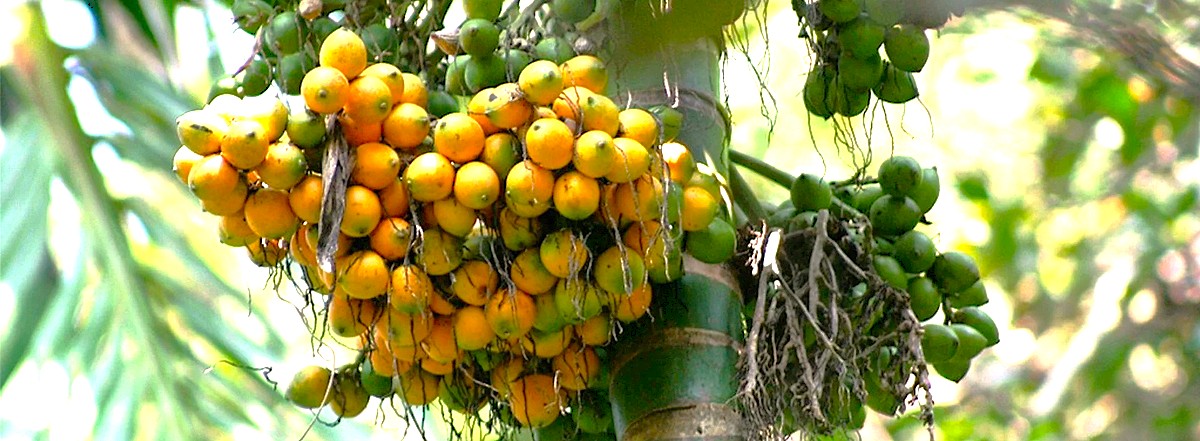
Sahyadri Spice Farm Goa India: Timeless Artifacts
We set out across a landscape shaped by centuries of ritual and care. The drive is wonderful to get here. The farm occupies ancestral ground in Ponda, where the layered presence of the Kadamba Dynasty and later Portuguese rule left traces not in bricks but in daily life and custom. Unique artifacts tucked away in wooden cupboards or displayed in communal gathering spots - such as bronze pots for spice blending, age-old rice-threshers, and family-handled mortars - are not simply objects but links to the earliest era of cooperative cultivation. Scattered wells and shrines, some carved directly into laterite, reflect a daily rhythm where nature and spirit meet.
Ancient Mosaics: Impeccable Craftsmanship
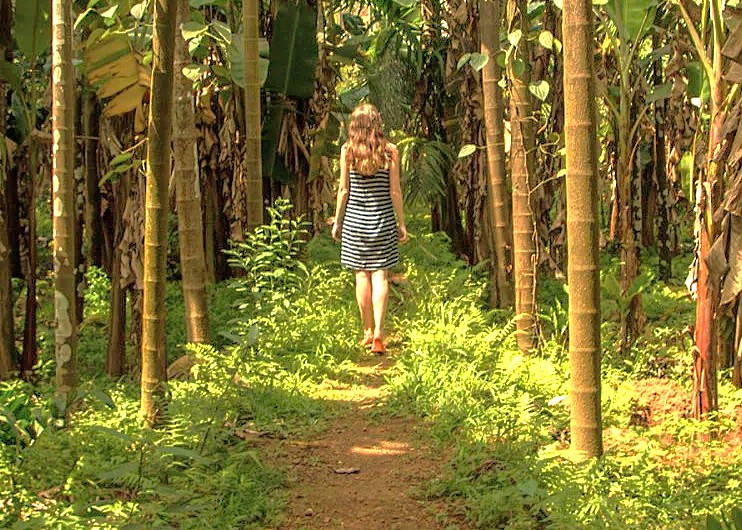
As we walk the grounds and wonder at the human touch etched into every surface. While the artifacts speak to everyday life, here we encounter evidence of sustained artistry in the farm’s pathways, outbuildings, and water features - each formed by hand after the cooperative’s founding in the 1970s. Craftsmen skilled in Ponda-building traditions shaped mosaics from local river pebbles and patterned laterite blocks, weaving motifs. The barn’s frame, finished in 1982, is an ode to teak joinery - built to withstand monsoon cycles and time itself, supported by delicate iron grillwork made for drying spice garlands.
The Pulse of the Local Community
Sahyadri Spice Farm Goa India. The Goan farming families of this region are celebrated for their open-hearted hospitality and lively spirit. You’ll notice the mood is always welcoming, whether we are sharing a meal, exchanging stories, or simply walking the shaded trails together. Many residents are fluent in Konkani, Marathi, and Portuguese - preserving a linguistic mosaic. Each day, we see locals engaged in energetic farming, enthusiastic spice demonstrations, and classic folk dances during festive seasons. The atmosphere is tranquil yet lively; we are not guests, but participants in the continuing story of the land.
Capturing the Magic: A Photographic Haven

Cameras pick up the neat lines of betel nut palms and the bright color of turmeric fields by day. Water tanks reflect the sky and nearby plants in still frames. Pepper vines grow in straight rows, running beside clear trails. Sunlight lands on the ground and moves across the tips of leaves, adding strong light and shadow. Sometimes, workers gather spices, and their baskets add splashes of color to the rows. Images fill with the shapes from plants and small touches of movement. The area remains peaceful, with no loud sound, only the pattern of wind and the movement of those who work. Simple scenes, like drying plants on mats or farmers tending ground, add to what we find with a lens.
A Culinary Journey: Savor the Flavour
You and I will taste history here - with a meal crafted from spices grown only footsteps away. The farm’s specialty is the traditional Goan masala curry, simmered with black pepper, cinnamon, cardamom, cloves, local chilies, and ground coconut. A staple, Xacuti, layers nutmeg, mace, star anise, and hand-pounded seeds into a sumptuous, luxurious gravy. Ingredients for all these classics are grown organically within the structure of the plantation. The timeless process involves sun-drying, hand-milling, and slow, patient roasting, which gives each dish its unmistakable flavor - a refined experience for your palate.
Festivals of Devotion: Honouring the Sacred and the Divine
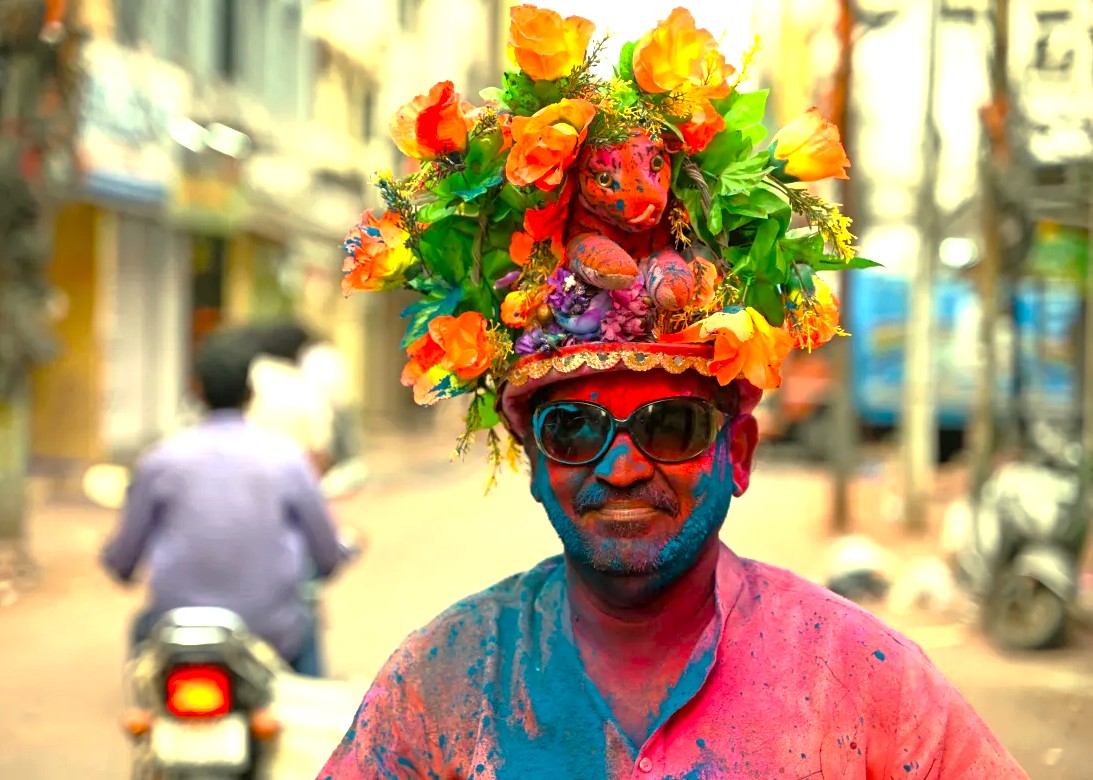
Sahyadri Spice Farm Goa India. Prosperity in these fields is marked by regular gatherings and shared meals. Shigmo comes in March, with processions under tall coconut trees and people moving in bright clothes. Local drummers set the pace and simple folk dances fill the open paths. The mood stays light, with no rush or hurry. December brings Christmas, and the area changes with lanterns and soft singing in Konkani. A local drink called fenni is prepared and shared. These events mix Hindu and Christian customs, so both traditions stand side by side. Color, rhythm, and easy movement shape the farm’s c
Urban Legends: Strange Sightings, Myths and Mysteries
Sahyadri Spice Farm Goa India. Ask any local, and you’ll hear tales of a wandering white mongoose said to appear on auspicious mornings, believed to bring luck to those transfixed by its appearance. Another legend speaks of a hidden well near the north grove - its water, locals claim, glows a mystical blue under the full moon, drawing us into a spellbinding, classic tradition of wonder. Youngsters whisper about lights drifting through the vanilla paths at dusk, adding a sense of the magical and unknown.
The Connection with the Gods

Santeri Devi is known in these fields as the one who keeps crops safe. Some say her figure was found long ago in a turmeric patch. The farm elders point out shrines near the water, small and easy to miss. Stories here tell of regular rituals and quiet acts dedicated to Vishnu and local powers. These simple acts are part of life, not made into ceremonies with crowds. People speak of years with little rain, when the fields still gave a good crop. These things are shared as facts and not as big events. Walks through the fields pass markers and stones placed by others before, shaping the routes we follow now.
Ancient Technologies: Sacred Sound, Geometry & Astrological Influences
The farm’s classic layout uses sacred geometry inspired by Vastu Shastra. The main building is aligned east - west: its rectangular framework and central water tank are classic features enhancing energy flow. The entrance axis is positioned north for prosperity. Stone resonance platforms near the tulsi altar exhibit unique sound frequencies - the local granite produces vibrations said to match Solfeggio tones, especially 528 Hz, associated with healing and transformation. Other stone surfaces here echo 417 Hz, believed to foster change and cleansing.
Serendipitous Meetings: Beyond the Main Path
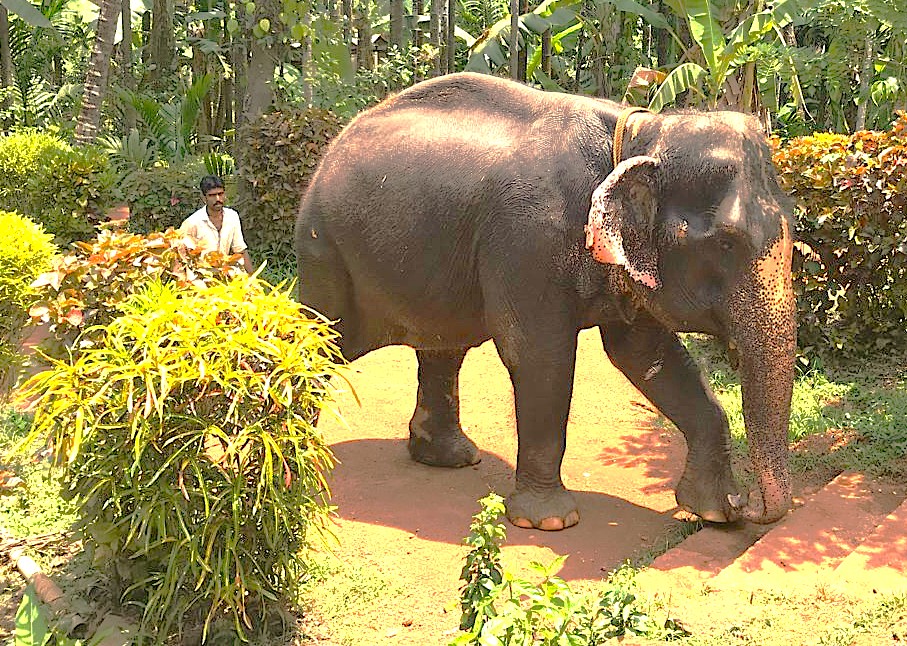
Exploring the winding trails, we discover lively scenes that tell authentic stories of daily life. We pass local pepper harvesters skillfully gathering fresh peppercorns and see the simple machinery of a small coconut oil press releasing its rich, earthy aroma into the air. Along shaded water channels, bamboo craftsmen shape baskets and tools using techniques handed down for generations. As we move further, we catch glimpses of turmeric roots being sliced on wooden boards, vanilla pods carefully sun-dried on woven mats, and villagers assembling spice garlands for upcoming festivals. These moments are what makes the trip.
Resilience and Renewal: Overcoming Adversity’s: Challenges
Sahyadri Spice Farm Goa India. In 1984, a destructive fire swept through the southern quarter, scarring the original cashew grove. With support from every occupied household, the community rebuilt, swapped out damaged frameworks for fire-resistant laterite, and planted new crops. Major floods in July 1998 threatened the water tanks, but an astonishing rescue effort - led by elder Damodar Borkar - restored them after twenty restless days. These events shaped a renewed outlook and cemented the unity of farmers, ensuring that every harvest, and every celebration, is a product of collective perseverance.
Stare Into The Face Of Pure, Unapologetic Monkey Mischief - Join Us
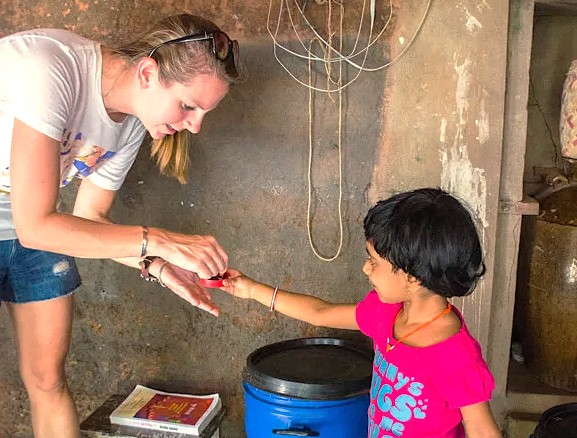
Sahyadri spice farm sits along the way to Goa, known for simple food and open grounds. We set down our bags and move under the palm trees. Light lands on the spice plants, and the paths run between rows of green. Workers sort spices on mats, talk quietly, and pass baskets hand to hand. Tin roofs shade a few basic stalls where local drinks are poured and fresh fruits cut. At midday, the farm area is quiet except for the sound of birds or work in the field. Lunch is often served outdoors, with simple curries and rice. All around, the fields and trees offer open space for us to walk and look. The air often carries a mix of earth, sweet fruit, and green leaves.
Symphony of Generosity: Offerings from Wanderers to Residents
Sahyadri Spice Farm Goa India. We wind along trails where people harvest pepper into woven baskets by hand. A local press runs nearby, sending the deep smell of coconut oil through the air. Artisans shape bamboo into simple tools, working in sight of the water channels. The sound of their work blends with low bird calls and the soft rush of water nearby. Small shaded rest spots can be found along the path for a break or a seat. Workers move at a measured pace, never in a hurry. The farm’s routine makes use of what is grown in the area, keeping each task plain and steady. Steps lead us forward and the rhythm of farm life surrounds every part of this place.